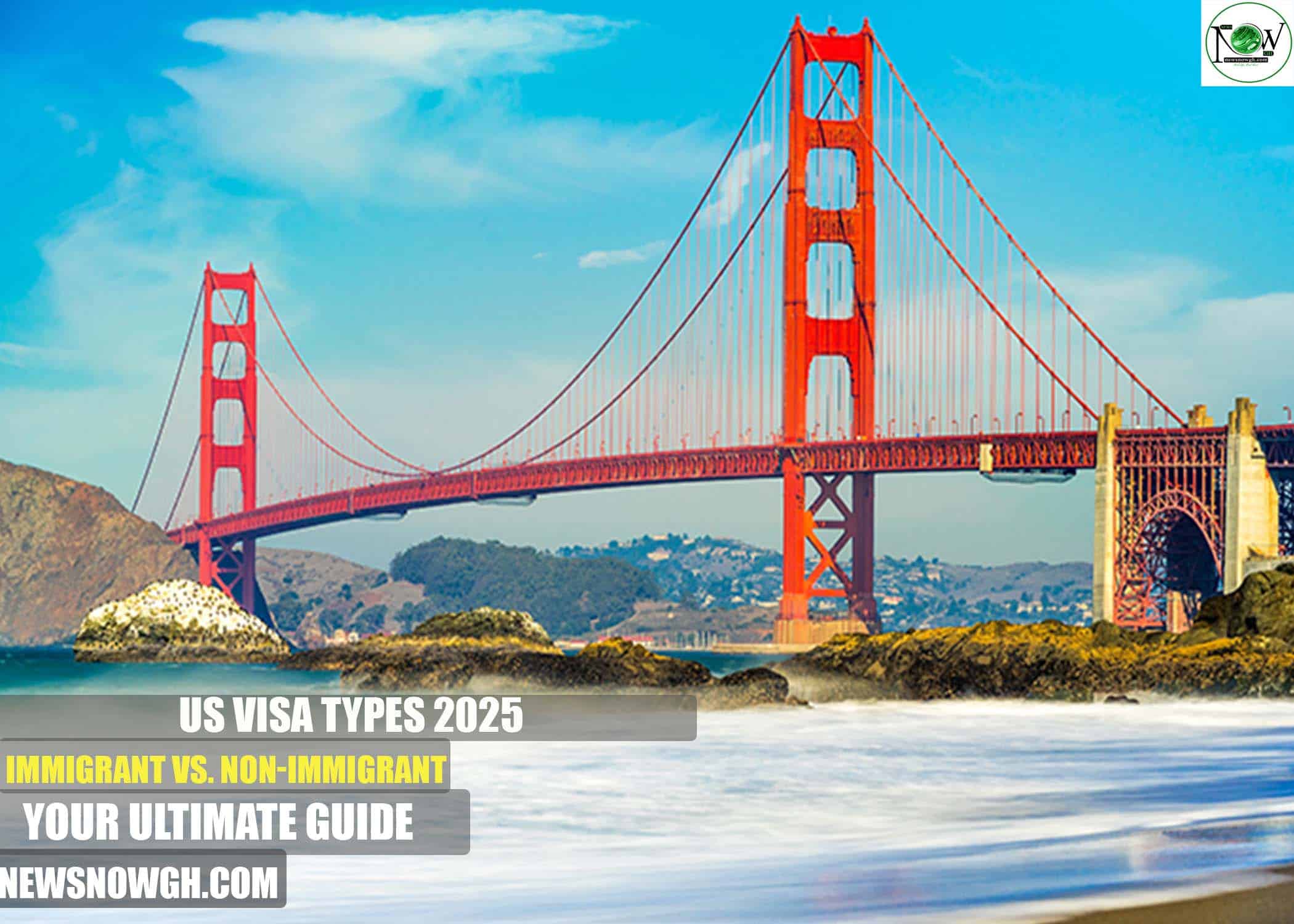US Visa Types 2025: Immigrant vs. Non-Immigrant – Your Ultimate Guide
As the U.S. revises its immigration policies for 2025, many individuals worldwide face a crucial decision: Which visa is best for me? Choosing between an immigrant visa, leading to a Green Card, and a non-immigrant visa for temporary stays can significantly impact your American journey.
This guide provides a detailed comparison of these two categories, highlighting the latest updates, eligibility criteria, and key differences. With this information, you can confidently navigate the complexities of the U.S. visa system and pursue your American dream in 2025.
1. Immigrant Visas
Immigrant visas allow individuals to live and work permanently in the United States. Typically sponsored by a family member or employer, these visas often lead to a Green Card, granting permanent residency. Some special programs, like the Diversity Visa Lottery, also provide pathways to immigration.
US Immigrant Visa Types for 2025
|
US Immigrant Visa Types for 2025 |
||
| Category | Visa Type | Description |
| Family-Based Immigrant Visas | Immediate Relative Visas (IR-1, IR-2, etc.) | For spouses, children, and parents of U.S. citizens. |
| Family Preference Visas (F1, F2A, F2B, F3, F4) | For extended family members, such as siblings or adult children. | |
| Employment-Based Immigrant Visas (EB Visas) | EB-1 | For individuals with extraordinary abilities, outstanding professors, researchers, or multinational executives. |
| EB-2 | For professionals with advanced degrees or exceptional ability in arts or business. | |
| EB-3 | For skilled workers, professionals, or unskilled workers. | |
| EB-4 | For special categories, such as religious workers or certain international employees. | |
| EB-5 | For investors who make a substantial financial investment in a U.S. business. | |
| Diversity Visa (DV) Lottery | N/A | Grants 50,000 immigrant visas annually to applicants from countries with low immigration rates to the U.S. |
| Humanitarian Visas | N/A | Includes visas for refugees, asylum seekers, and individuals under the Violence Against Women Act (VAWA). |
2. Non-Immigrant Visas
Non-immigrant visas cater to temporary stays in the U.S. These visas are issued for various purposes, including tourism, business, study, or short-term employment. Each visa has specific expiration dates, meaning holders must leave before their visa expires.
|
US Non-immigrant Visa Types for 2025 |
||
| Category | Visa Type | Description |
| Tourism and Business Visas | B-1 | For business purposes such as attending conferences or negotiating contracts. |
| B-2 | For tourism, vacations, or medical treatment. | |
| Student Visas | F-1 | For academic studies at accredited institutions. |
| M-1 | For vocational or non-academic training. | |
| J-1 | For exchange visitors in approved programs, including students, researchers, and interns.
Student exchange programs |
|
| Temporary Worker Visas | H-1B | For specialty occupations requiring a bachelor’s degree or higher. |
| H-2A | For temporary agricultural workers. | |
| H-2B | For non-agricultural seasonal workers. | |
| O-1 | For individuals with extraordinary abilities in sciences, arts, education, or athletics. | |
| L-1 | For intra-company transferees. | |
| Cultural and Media Visas | P Visas | For athletes, artists, and entertainers. |
| I Visas | For members of the foreign press or media. | |
| Transit and Crew Member Visas | C-1 | For individuals transiting through the U.S. |
| D | For crew members working on vessels or airlines. | |
| Specialty Visas | K-1 | For fiancés of U.S. citizens. |
| TN/TD | For Canadian and Mexican citizens under NAFTA/USMCA agreements. | |
How to Choose the Right US Visa in 2025
To select the most suitable visa, consider these steps:
- Define Your Purpose: Are you planning a permanent move or a temporary visit?
- Assess Eligibility: Review the requirements for each visa category.
- Understand Limitations: Non-immigrant visas may impose restrictions on long-term employment or residency.
Important Updates for 2025
Stay informed about recent changes:
- Increased Visa Numbers: More employment-based categories are expected to have higher quotas.
- Digital Application Processes: Many U.S. embassies are enhancing online systems for visa applications.
- Streamlined Interviews: More categories now qualify for interview waivers under specific conditions.
Choosing the right U.S. visa can be challenging. Understanding the differences between immigrant and non-immigrant visas is essential. Whether you plan to stay temporarily or make the U.S. your permanent home, a suitable visa type awaits you.
Follow us on Newsnowgh.com to stay updated on the latest information regarding work permits, visas, and visa-sponsored employment.


